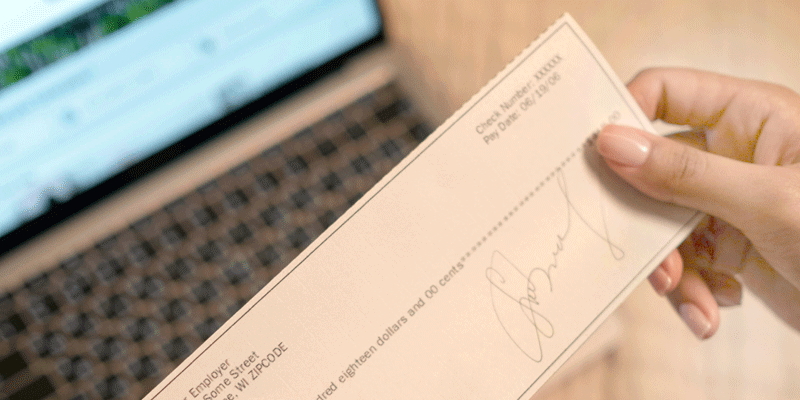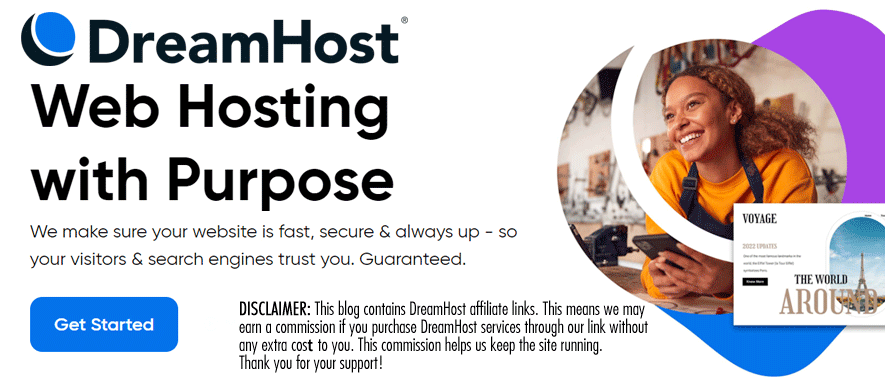Beware the Check Cooking scam: How to keep your bank account off the menu
You may have heard of “check washing” — thieves rout through dumpsters (or mailboxes) searching for paper checks, then wash the ink off with various chemicals, making sure to protect the signature of course. Then the thief fills in a new amount and payee and voila!, they attempt to cash the check.
Thanks to all things digital, the process has been altered to achieve the same goal: stealing money from your bank account. This new method is called “check cooking” and it involves taking a digital picture of a stolen check, then editing the payee and amount with commercially available software. “It looks very real, even with the watermarks and all,” says Michael Bruemmer, vice president of data breach resolution and consumer protection at Experian. Fraudsters can then print a new fake check or deposit the altered image using a bank’s mobile app.
How to Protect Yourself
Switch to paying bills and sending money to family or trusted ones via electronic transfer from your bank. If you prefer to (or need to) mail paper checks, be sure to drop them off directly at the nearest post office instead of using a neighborhood mailbox. It’s also prudent to constantly monitor your checking account for any suspicious transactions.
More Information about check scams
How do fake check scams work?
• Buy something you advertised for sale.
• Pay you to work at home.
• Give you an “advance” on a sweepstakes or you’ve won.
• Give you the first installment on the millions you’ll receive for agreeing to transfer money in a foreign country to your bank account for safekeeping.
More from the American Bankers Association
What do I do if a scammer sends me a check?
If you think you’ve been targeted by a counterfeit check scam, report it immediately to any of the following agencies:
• The U.S. Postal Inspection Service at www.uspis.gov (if you received the check in the mail).
• Your state or local consumer protection agencies. Visit NAAG (www.naag.org) for a list of state Attorneys General.
• For possible online crimes involving counterfeit checks and money orders, file an online complaint with the Internet Crime Complaint Center (www.ic3.gov) (a joint project of the FBI and National White Collar Crime Center).
In addition to notifying the bank whose name is on the check, you can notify the website or online service where you encountered the scammer (for example, the online auction website or job posting website), so they can block them from utilizing their services in the future.
How do I find out if a check is real?
Legitimate checks are written on high-quality, matte (not shiny) paper. If the check is printed on thin, flimsy, shiny paper, it’s probably not authentic. In addition, checks are printed with high-quality indelible ink.
More information from PNC Bank
Can your bank account be hacked by depositing a check?
Is giving away the routing number on a check safe? It’s one of many questions that people have about banking and bank accounts. Consumers have natural concerns about their bank accounts being hacked, given there are so many bank breaches. Yet, we’ve become so used to guarding our sensitive information online that we sometimes forget to protect the tangible versions of our financial account, like checks. We may use physical checks less than we used to, but the account information is still commonly used in online transactions. Which begs the question: can a thief hack my account using only the bank’s routing number? The simple answer is no. A routing number is not enough information to transfer money from your account since many people with accounts at your bank will have that same routing number. But in some cases, a savvy hacker with both your routing and account number on a check can impersonate you and potentially take money from your account without permission.
More information from Banks.com
What are red flags for counterfeit checks?
Some of the most common red flags include the following: Unusual check amounts — particularly, checks written for over the purchase price or over the amount needed by the depositor. Often under $5,000 to avoid longer hold times. Inaccurate account holder details such as fake business names or addresses.




